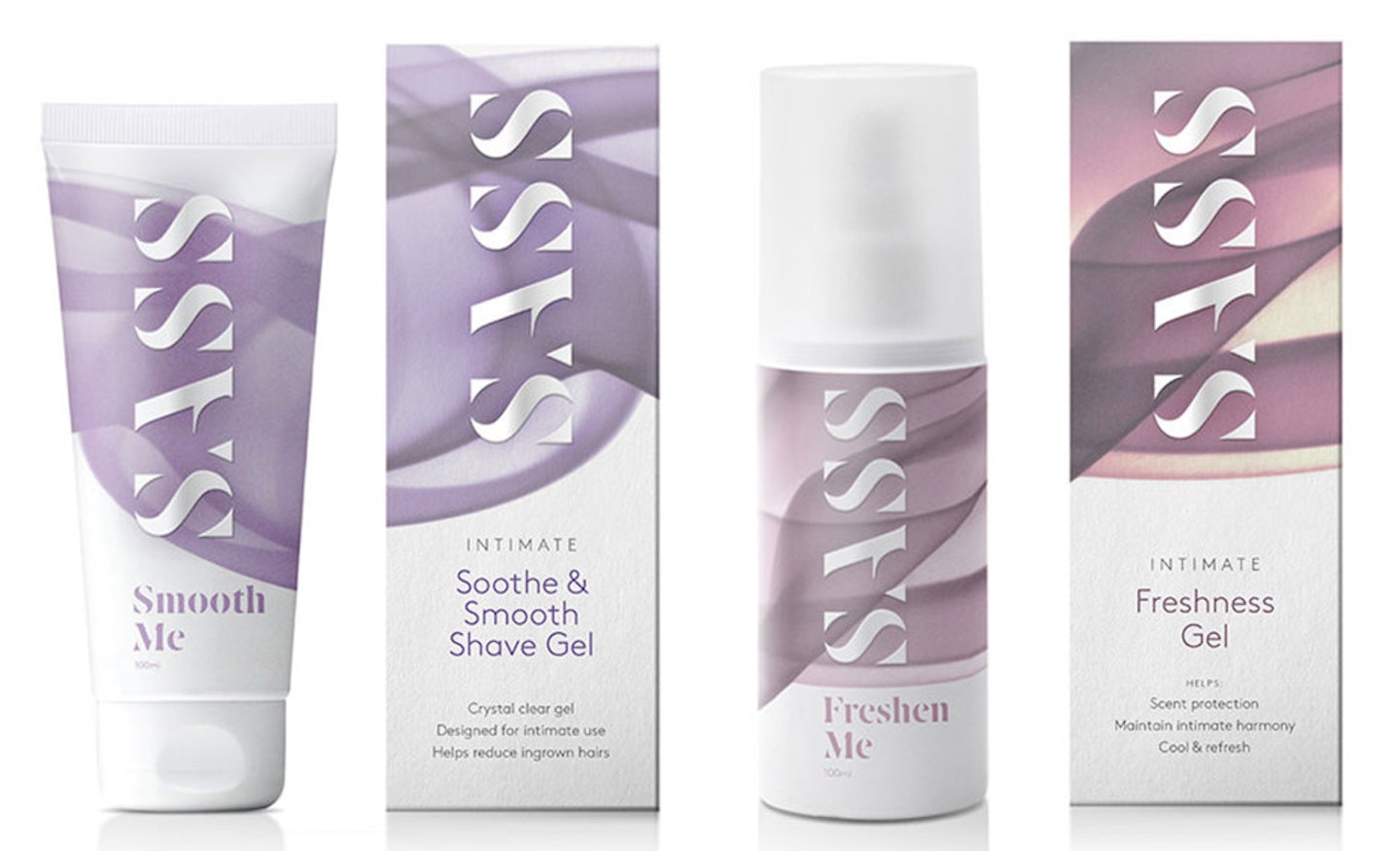Swimwear season we barely knew ya - but if the (very brief) summer months and the related waxing, preening and shaving has left you with undesirable side-effects, err down there (we're talking ingrown hairs), then you'll want to read on. Ditto if your regular routine doesn't always deliver the perfect, smooth finish.
We talked to waxing pro Lainey Everett about the best ways to soothe ingrown hairs, and how to ensure your preferred hair removal method leaves you with silky, bump-free skin.
In case you're wondering: she's pro plucking, but only with the greatest care.
What excatly is an ingrown hair?
Literally speaking, ingrown hairs are blocked hair follicles. While some do not aggitate the skin and simply lay dorment, Lainey explains that the reason they can get unsightly and sometimes cause (eek) whitheads, is when one gets 'tangled in its follicle causing inflammation and redness. The type of ingrown hair that seems to cause the most aggitation is one that has dislodged from the root (blood supply), meaning that the follicle now sees it as a foriegn body and therefore creates an inflamed and often then pus-filled (spot-resembling) lesion.' So now you know, let's get down to the nitty gritty - how to say sayonara to them.
How should you treat ingrown hairs once you have them?
Lainey is an advocate of tweezing out ingrowns, but only VERY carefully and using a sterile needle. 'The follicle being inflammed is an indictaion that there is something wrong, and that may very well be the hair in the follicle. My best advice is to get the hair out as soon as you can.' This isn't a method for the squemish, but Lainey advises in order to pluck out the hair: 'warm the skin and poke the area once, use cotton buds to squeeze and usually once you see blood, the hair is about ready to come out and tweeze. If after a few minutes of doing this gently and you dont get a hair, leave it alone and wait for a few more days.'
On the best ways to avoid them...
All forms of hair removal can cause ingrowns, in fact anything that aggitates the hair folicles, so being careful to avoid having hair in the opposite direction to growth is a good starting point. But Lainey preaches the virtues of exfoliation and hydraytion to help keep them away. 'Always use a lubricant when shaving, hydrate your skin, and exfoliate every second day – Gently!'
What are the best products to treat ingrowns?
Post wax Lainey says to apply a product like Ingrow Go (£12.20), which 'contains a natural acid which aids exfoliation without being a abrasive – this product can be over used and will thin your skin so always follow instructions.' If you're going to pluck out the hair then she recommends applying witch hazel gel 'to soothe the pores' afterwards.
In terms of cleaning the area, stick to hydrating, specially-formulated products like Sass's new range of intimate cleansers, which are PH balanced to inhibit bad bacteria and prevent irritatation to the sensitive area. Try their Intimate Freshness Gel (£10) to keep skin moisturised and maintain harmony daily, and their Soothe and Smooth Shave Gel(£10) when home shaving.

Anything to avoid before a waxing appointment?
To avoid any unneccasary aggrevation to your bikini line, Lainey advises: 'don't workout or wear tight clothing straight after when possible.' And 'when shaving, always wet shave (shaving foam/gel is great) with a sharp blade and change them frequently. If you think you have folliculits, use a new blade every time.' (more on folliculits later)
And finally... What are the signs you should worry about your ingrown hairs?
'A sign that you have an infection as opposed to just the odd ingrown hair every four weeks (inbetween your waxing cycle) is when you find that there are bumps spreading all over the area almost as a rash as this could be folliculitis which is often caused by a bacterial or fungal infection,' says Lainey. 'If you are concerned about anything, do see your GP for piece of mind. Another big warning sign of something 'wrong' is if a bump grows dramatically in a couple of days and you are in considerable pain- this could be dangerous to your health- as with any infection.'
